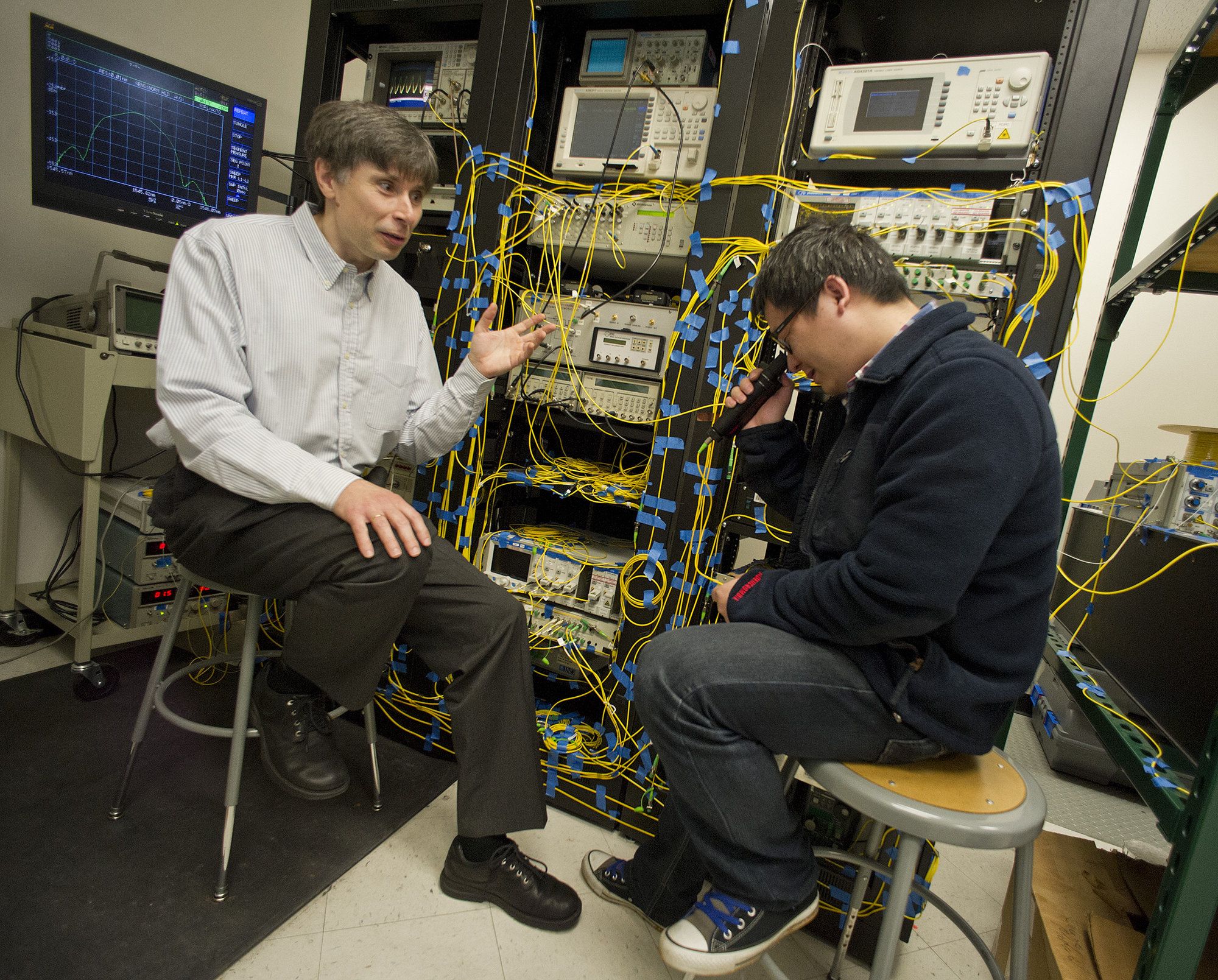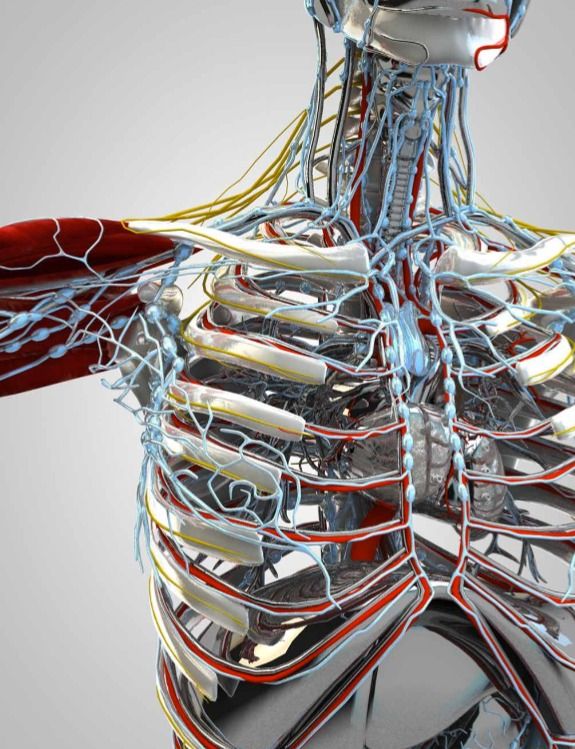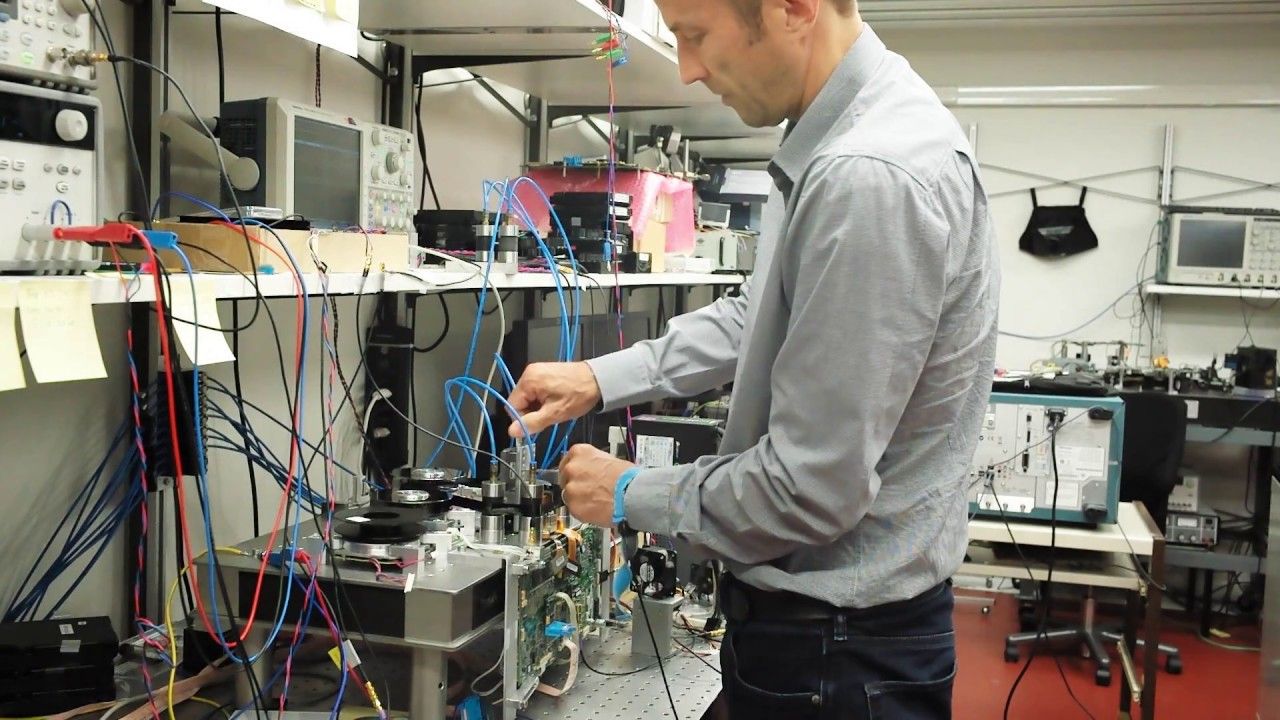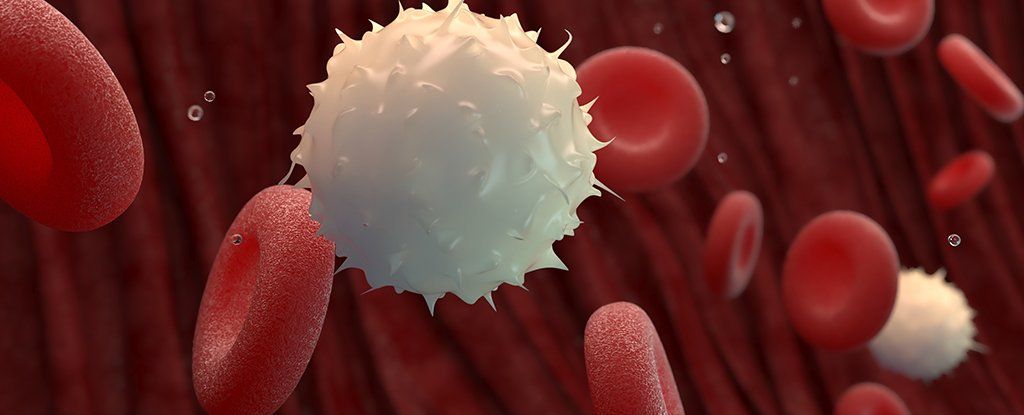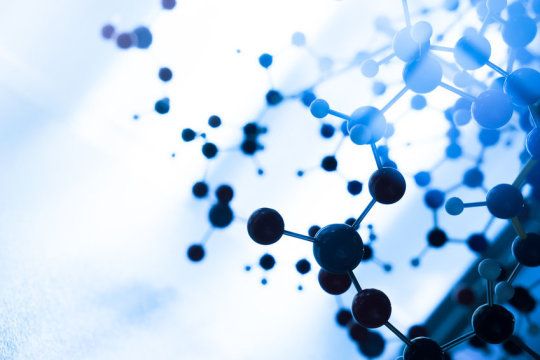Dec 16, 2017
Single-photon detector can count to four
Posted by Shailesh Prasad in category: quantum physics
Engineers have shown that a widely used method of detecting single photons can also count the presence of at least four photons at a time. The researchers say this discovery will unlock new capabilities in physics labs working in quantum information science around the world, while providing easier paths to developing quantum-based technologies.
The study was a collaboration between Duke University, the Ohio State University and industry partner Quantum Opus, and appeared online on December 14 in the journal Optica.
“Experts in the field were trying to do this more than a decade ago, but their back-of-the-envelope calculations concluded it would be impossible,” said Daniel Gauthier, a professor of physics at Ohio State who was formerly the chair of physics at Duke. “They went on to do different things and never revisited it. They had it locked in their mind that it wasn’t possible and that it wasn’t worth spending time on.”


